cbtn
Brain Tumor Types
The resources available to researchers through the CBTN include biospecimens, cell lines, preclinical models, and longitudinal clinical and multi-omic data representing many distinct brain and CNS tumor diagnoses in infants, children, adolescents, and young adults. These resources, brought together by scientists on four continents, are available by request and without cost to those interested in studying these diseases. On average, sample requests are processed in six months, and data access requests in two weeks. To request resources please submit the form below.
Search & Filters
Tumor Types
Data Types
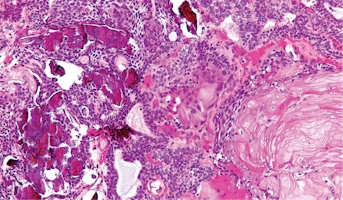
Craniopharyngioma
Childhood craniopharyngiomas are rare tumors usually found near the pituitary gland (a pea-sized organ at the bottom of the brain that controls other glands) and the hypothalamus (a small cone-shaped organ connected to the pituitary gland by nerves).Craniopharyngiomas are usually part solid mass and
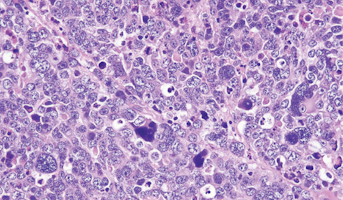
Medulloblastoma
Medulloblastomas comprises the vast majority of pediatric embryonal tumors and by definition arise in the posterior fossa, where they constitute approximately 40% of all posterior fossa tumors. Other forms of embryonal tumors each make up 2% or less of all childhood brain tumors.The clinical feature
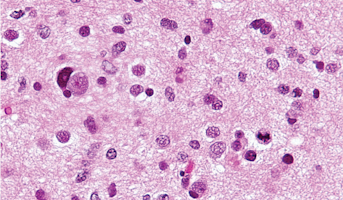
High-Grade Glioma
High-grade Gliomas (HGG) or astrocytomas in children nearly always result in a dismal prognosis. Although novel therapeutic approaches are currently in development, preclinical testing has been limited, due to a lack of pediatric-specific HGG preclinical models. These models are needed to help test
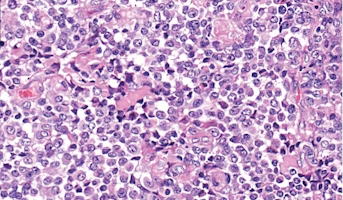
Atypical Teratoid/Rhabdoid Tumor
Central nervous system (CNS) atypical teratoid/rhabdoid tumor (AT/RT) is a very rare, fast-growing tumor of the brain and spinal cord. It usually occurs in children aged three years and younger, although it can occur in older children and adults. About half of these tumors form in the cerebellum or
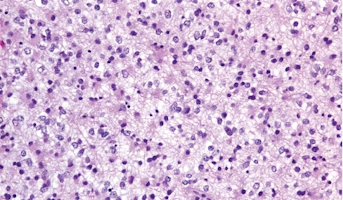
Low-Grade Glioma
Low-Grade Gliomas also called astrocytomas are the most common cancer of the central nervous system in children. They represent a heterogeneous group of tumors that can be discovered anywhere within the brain or spinal cord. Although surgical resection may be curative, up to 20% of children still su
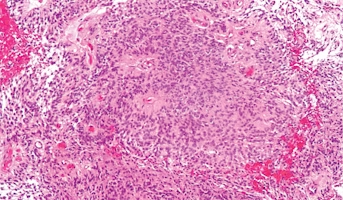
Ependymoma
Ependymomas arise from ependymal cells that line the ventricles and passageways in the brain and the center of the spinal cord. Ependymal cells produce cerebrospinal fluid (CSF). These tumors are classified as supratentorial or infratentorial. In children, most ependymomas are infratentorial tumors
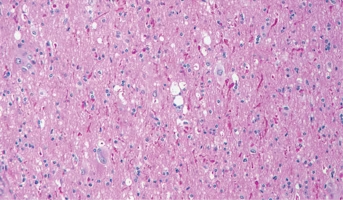
Ganglioglioma
Ganglioglioma presents during childhood and into adulthood. It most commonly arises in the cerebral cortex and is associated with seizures, but also presents in other sites, including the spinal cord.[65,74]The unifying theme for the molecular pathogenesis of ganglioglioma is genomic alterations lea
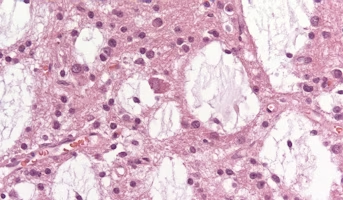
Dysembryoplastic Neuroepithelial Tumor
Septal DNET generally presents with symptoms related to obstructive hydrocephalus.[69,70] Septal DNET has an indolent clinical behavior, with most tumors not requiring treatment other than surgery. In a single-institution series that incorporated other literature-reported cases, the median age at pr
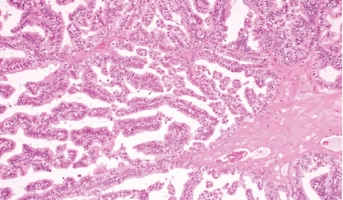
Choroid Plexus Papilloma
Choroid plexus tumors are primary central nervous system (CNS) tumors. This means they begin in the brain or spinal cord.Choroid plexus papillomas are grouped in two grades based on their characteristics.Grade I choroid plexus papilloma are low grade tumors. This means the tumor cells grow slowly.Gr
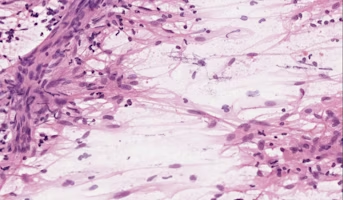
Meningioma
A meningioma is a primary central nervous system (CNS) tumor. This means it begins in the brain or spinal cord. Overall, meningiomas are the most common type of primary brain tumor. However, higher grade meningiomas are very rare.
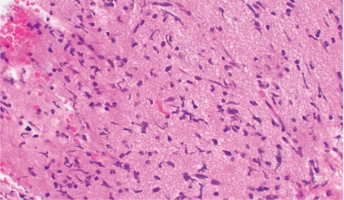
Diffuse Intrinsic Pontine Glioma
A presumptive diagnosis of DIPG based on classic imaging features, in the absence of a histologic diagnosis, has been routinely employed. Increasingly however, histologic confirmation is obtained for both entry into research studies and molecular characterization of the tumor.[5] New approaches with
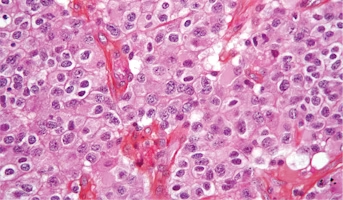
Oligodendroglioma
Oligodendroglioma is a primary central nervous system (CNS) tumor. This means it begins in the brain or spinal cord.Oligodendrogliomas are grouped in two grades based on their characteristics.Grade II oligodendrogliomas are low grade tumors. This means the tumor cells grow slowly and invade nearby n
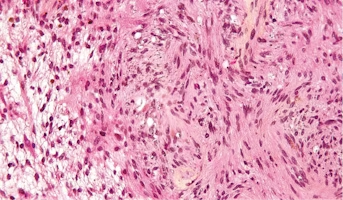
Schwannoma
Schwannoma is a rare type of tumor that forms in the nervous system. Schwannoma grows from cells called Schwann cells. Schwann cells protect and support the nerve cells of the nervous system. Schwannoma tumors are often benign, which means they are not cancer. But, in rare cases, they can become can
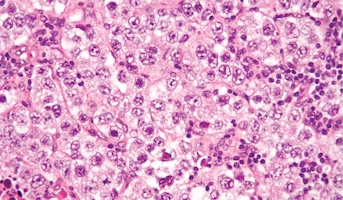
Germinoma
Germinomas are the most common type of CNS germ cell tumor and have a good prognosis.Germ cells are special types of cells that are present as the fetus (unborn baby) develops. These cells usually become sperm in the testicles or unfertilized eggs in the ovaries as the child matures. Most germ cell
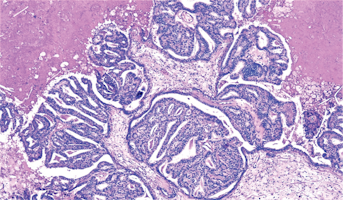
Choroid Plexus Carcinoma
Choroid plexus tumors (Grade III) occur in both children and adults, but are more common in children in the first year of life. Choroid plexus tumors occur slightly more often in females than males.The cause of most choroid plexus tumors is not known. Genetic changes have been linked to the formatio
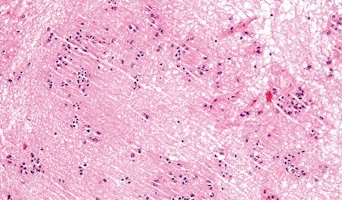
Subependymal Giant cell Astrocytoma
A benign (not cancer), slow-growing tumor that usually forms in the walls of fluid-filled spaces in the brain. The tumors are made up of large, star-shaped cells called astrocytes. Subependymal giant cell astrocytomas are common in patients with tuberous sclerosis (an inherited disorder in which ben
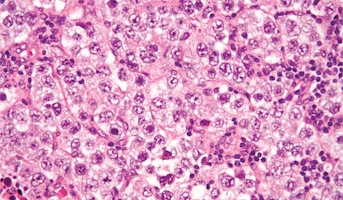
Nongerminomatous Germ Cell Tumors
Primary CNS GCTs are a heterogeneous group of neoplasms that are more common in Japan and other Asian countries than in North America and Europe. In North America, they account for approximately 4% of all primary brain tumors, with a peak incidence from age 10 years to age 19 years and a male predom
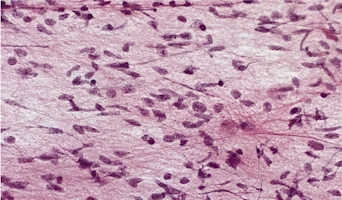
Gliomatosis Cerebri
Gliomatosis cerebri is a primary central nervous system (CNS) tumor. This means it begins in the brain or spinal cord. This tumor is no longer recognized as a formal diagnosis, rather gliomatosis cerebri refers to a special pattern of diffuse and extensive growth of glioma cells, invading multiple l
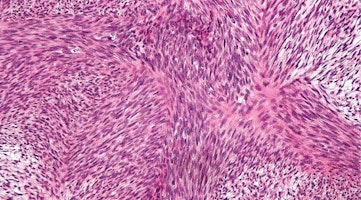
Malignant Peripheral Nerve Sheath Tumors
Malignant Peripheral Nerve Sheath Tumor, or MPNST, is a cancer of the cells that form the sheath that covers and protects peripheral nerves. Peripheral nerves are those outside of the central nervous system (brain and spinal cord). MPNST is a type of sarcoma. This cancer grows in the soft tissues of
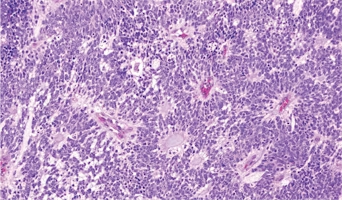
Embryonal Tumor with Multilayered Rosettes
Nonmedulloblastoma embryonal tumors are fast-growing tumors that usually form in brain cells in the cerebrum, and most commonly occur in young children. The cerebrum is at the top of the head and is the largest part of the brain. The cerebrum controls thinking, learning, problem-solving, emotions, s
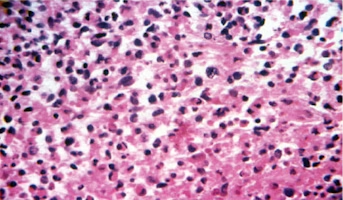
Pineoblastoma
Pineoblastoma, which was previously conventionally grouped with embryonal tumors, is now categorized by the World Health Organization (WHO) as a pineal parenchymal tumor. Given that therapies for pineoblastoma are quite similar to those utilized for embryonal tumors, the previous convention of inclu
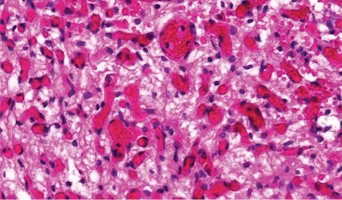
Hemangioblastoma
A benign, slow-growing tumor in the cerebellum (part of the brain at the back of the head), made up of abnormal blood vessel growth. People with von Hippel-Landau disease have an increased risk of developing hemangioblastomas.Source NCI
Cavernoma
A Cavernoma is a cluster of abnormal blood vessels, usually found in the brain and spinal cord. They're sometimes known as cavernous angiomas, cavernous hemangiomas, or cerebral cavernous malformation (CCM).(Source: NCI)